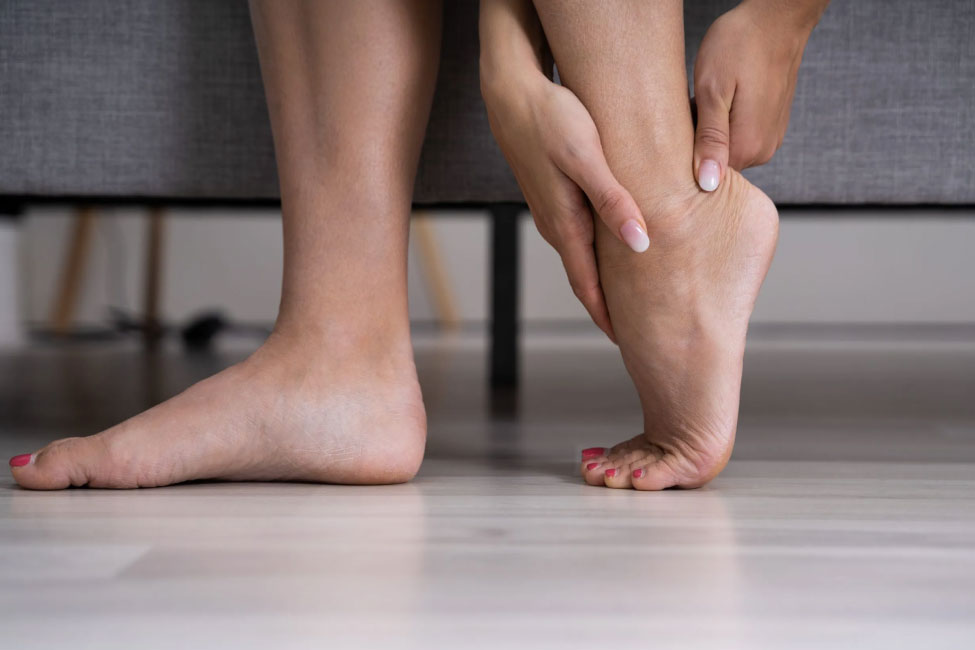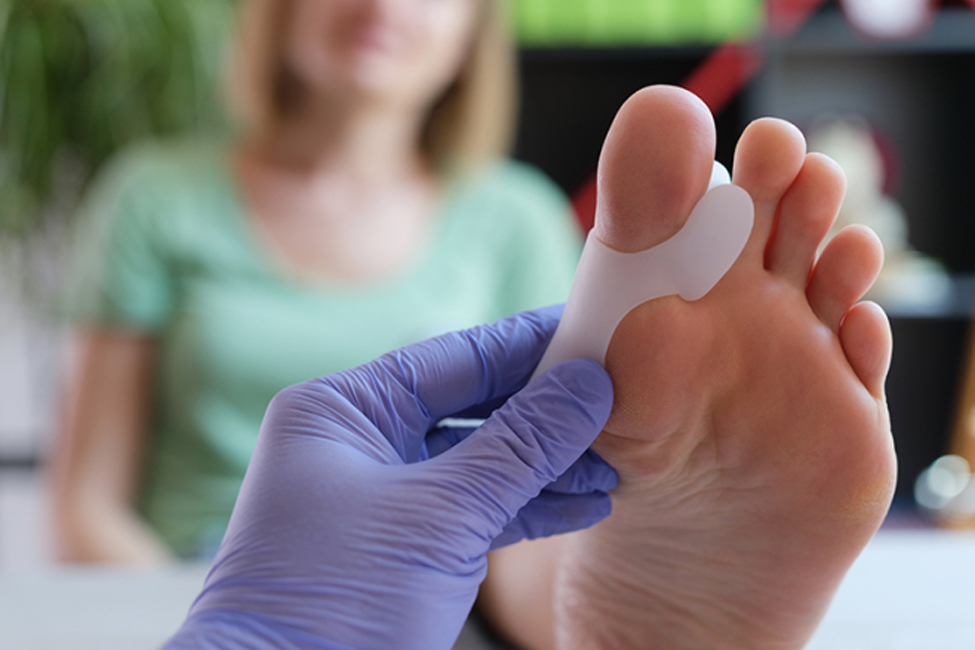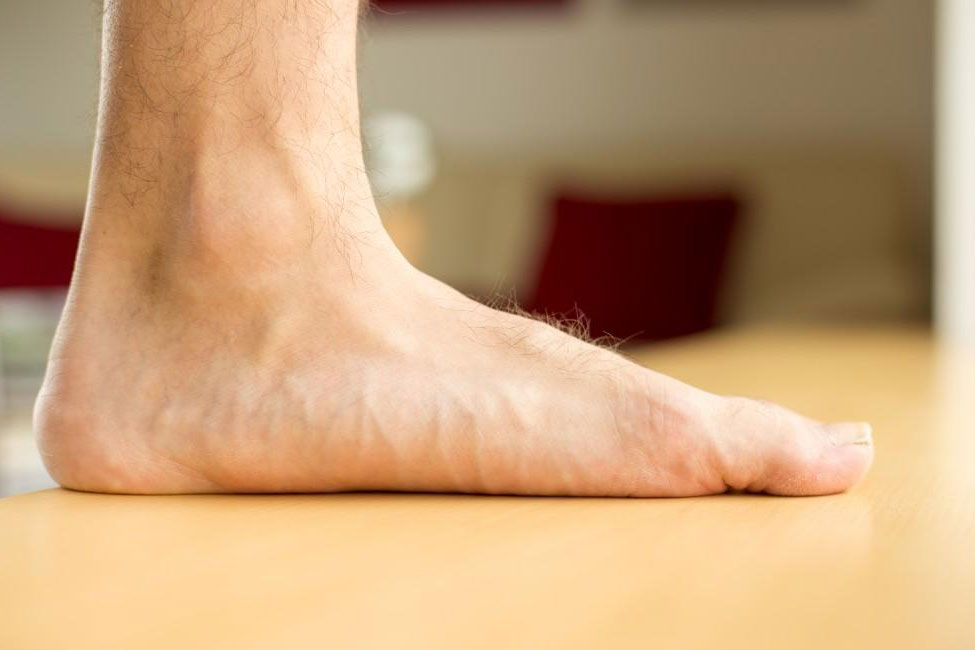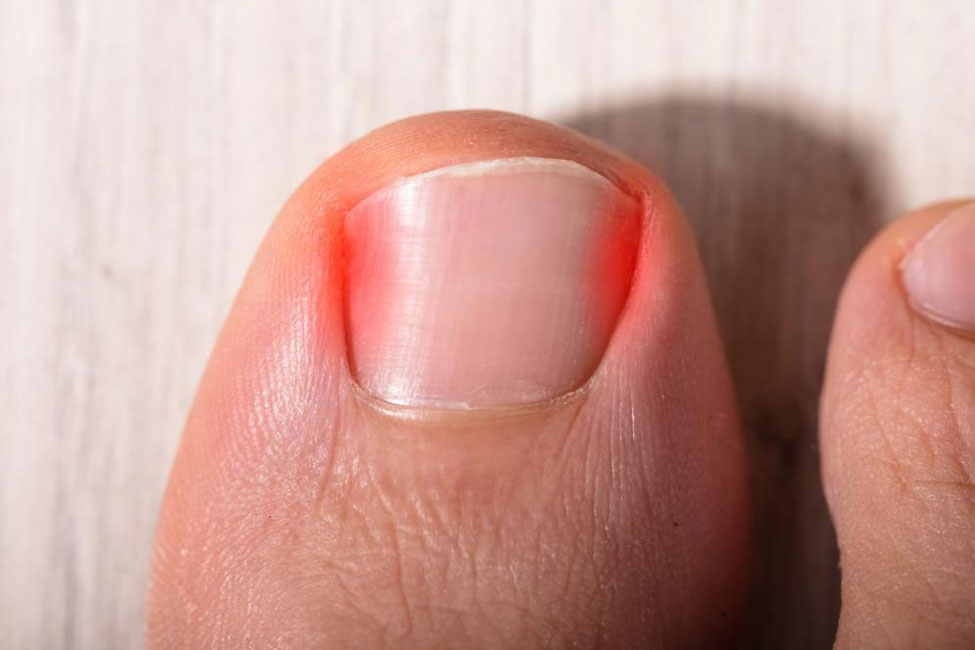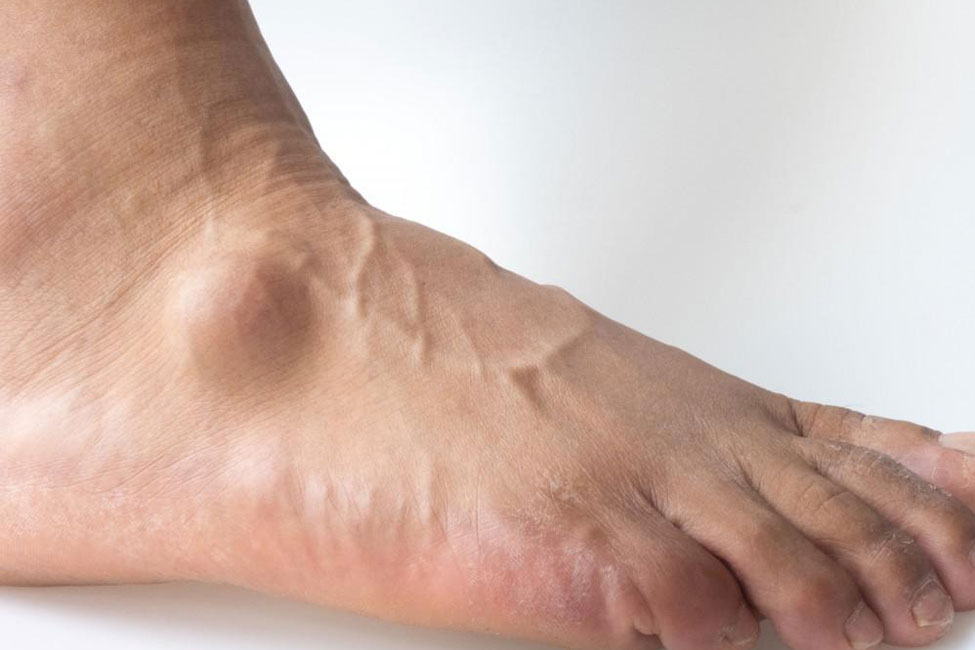Achilles Tendon Tear: Causes, Symptoms, Treatment, and Prevention
What is Achilles Tendon Tear?
An Achilles tendon tear involves damage or rupture of the large tendon located at the back of the ankle. This tendon is crucial for walking and running, connecting the calf muscles to the heel bone.
Types of Achilles Tendon Tear
The types of Achilles tendon tears include:
- Partial Tear: A partial tear involves damage to a portion of the tendon rather than a complete rupture.
- Complete Tear: A complete tear involves the tendon splitting into two parts, resulting in a significant loss of function.
How Common is Achilles Tendon Tear?
Achilles tendon tears are relatively common, particularly among athletes who engage in activities requiring sudden bursts of movement, such as sprinting or jumping. Additionally, individuals over 30 are more prone to these injuries due to decreased tendon flexibility and blood supply.
Causes of Achilles Tendon Tear
The Achilles tendon can tear or rupture due to various reasons, including:
- Sudden Stress: Quick, forceful stress or trauma to the tendon, often during activities that involve jumping or sudden acceleration (common in sports like basketball, soccer, or tennis).
- Overuse: Prolonged stress on the tendon from repetitive activities without adequate rest or conditioning can weaken the tendon, making it susceptible to injury.
- Degeneration: The tendon weakens over time due to ageing or degenerative changes, making it more prone to tears, especially in individuals over 30.
- Tightness or Weakness: Factors such as tight calf muscles or weak ankle muscles can place additional strain on the Achilles tendon, increasing the risk of injury.
Symptoms of Achilles Tendon Tear
Symptoms of an Achilles tendon tear may include:
- Sudden, Severe Pain: Often described as an abrupt and intense pain in the back of the ankle or calf. It may feel like a sharp, snapping sensation at the moment of injury.
- Swelling and Inflammation: Immediate or rapid swelling around the affected area, often accompanied by warmth and redness.
- Difficulty Walking or Standing: Difficulty bearing weight on the affected leg due to pain and weakness.
- Limited Range of Motion: Reduced flexibility or movement in the ankle, particularly difficulty pointing the foot downward or pushing off while walking.
- Palpable Gap or Deformity: In the case of a complete tear, individuals might feel a gap or depression in the tendon area or notice a visible change in the shape of the ankle.
Diagnosis of Achilles Tendon Tear
Diagnosing an Achilles tendon tear typically involves a combination of medical history, a physical examination, and imaging tests. The following methods are commonly used:
Physical Examination
A doctor will assess the affected area for signs of swelling, tenderness, and a gap or indentation where the tear may have occurred. They may also check for strength and flexibility in the ankle.
Thompson Test
This simple test involves squeezing the calf muscle while observing how the foot responds. If the foot doesn’t point downward when the calf is squeezed, it may indicate an Achilles tendon tear.
Imaging Tests
Ultrasound or magnetic resonance imaging (MRI) scans can provide detailed images of the Achilles tendon, showing the extent of the tear, its location, and whether it’s a partial or complete rupture.
Complications of Achilles Tendon Tear
Complications that can arise from an Achilles tendon tear include:
- Re-rupture: After a surgical repair or non-surgical treatment, there is a risk of re-injury or re-rupture, particularly if the tendon does not heal properly or if stress is put on it too soon during the recovery phase.
- Reduced Strength and Flexibility: Even after successful treatment, some individuals may experience a reduction in the strength and flexibility of the affected ankle, which could impact daily activities and sports performance.
- Chronic Pain or Stiffness: In some cases, ongoing pain or stiffness may persist in the ankle, especially if the tendon does not heal adequately or if complications arise during the healing process.
- Tendon Lengthening or Shortening: Surgical repair may sometimes lead to lengthening or shortening of the Achilles tendon, affecting the biomechanics of the ankle and causing gait abnormalities.
Complications can vary depending on the severity of the tear, the chosen treatment, and how well the individual follows the prescribed rehabilitation process. Regular follow-ups and adherence to post-treatment protocols are essential to minimise the risk of complications.
Treatment Options for Achilles Tendon Tear
The treatment options for an Achilles tendon tear depend on the extent of the injury and can include both surgical and non-surgical methods:
Non-Surgical Treatment
This might involve:
- Immobilisation: Wearing a cast, walking boot, or brace to restrict movement and allow the tendon to heal.
- Physical Therapy: Once the initial healing phase passes, exercises to strengthen the calf muscles and improve flexibility can aid recovery.
Surgical Repair
For severe tears or complete ruptures, surgical intervention might be necessary. Common procedures include:
- Open Surgery: Directly repairing the torn tendon through a larger incision.
- Minimally Invasive Surgery (Percutaneous Surgery): Using smaller incisions to repair the tendon.
After surgery, the recovery process involves wearing a cast or walking boot, followed by physical therapy to regain strength, flexibility, and function in the ankle. The choice between surgical and non-surgical methods depends on various factors, including the patient’s age, activity level, and the extent of the tear. Consulting with an orthopaedic specialist is crucial to determine the most suitable treatment for an Achilles tendon tear.
Preventing Achilles Tendon Tear
To help prevent an Achilles tendon tear, consider these measures:
- Always warm up before physical activities, as cold muscles are more prone to injury. Perform stretching exercises that focus on the calf muscles and the Achilles tendon.
- Gradually increase the intensity and duration of physical activities. Avoid sudden changes or overexertion, especially in activities involving repetitive jumping or sudden acceleration.
- Regularly engage in exercises that strengthen the calf muscles and improve the flexibility of the Achilles tendon. Consult a fitness professional or physical therapist for suitable exercises.
- Wear proper footwear for your specific activities, providing adequate support and cushioning for your feet.
- Allow your body time to recover after intense workouts. Adequate rest periods are crucial for the muscles and tendons to heal and adapt.
- Incorporate various activities into your fitness routine to reduce strain on specific muscle groups, preventing overuse injuries.
- If you experience persistent pain or discomfort or notice any changes in the Achilles tendon area, consult an orthopaedic professional for evaluation and guidance.
Living with Achilles Tendon Tear
Living with an Achilles tendon tear involves a specific recovery process and lifestyle adjustments to promote healing and minimise the risk of re-injury. Here are some considerations for individuals living with this condition:
- Follow the prescribed treatment plan recommended by your orthopaedic specialist. This may involve physical therapy, medications, assistive devices, or surgical interventions.
- Engage in a structured rehabilitation program to regain strength, flexibility, and function in the affected ankle. Compliance with these exercises is crucial for a successful recovery.
- Initially, avoid activities that put stress on the Achilles tendon. Gradually reintroduce physical activities under the guidance of an orthopaedic professional to prevent re-injury.
- Attend scheduled follow-up appointments with your orthopaedic specialist to monitor the healing process and address any concerns or difficulties experienced during recovery.
- Maintain a healthy diet, avoid smoking, and manage your weight, as these factors can impact healing and the overall health of your tendons.
- Opt for appropriate footwear that provides adequate support for your feet, and consider orthotic inserts if a specialist recommends them.
- Understand that the healing process for an Achilles tendon tear takes time. Be patient and allow your body the necessary duration to recover fully.
An Achilles tendon tear can be a challenging injury that requires appropriate care and attention for optimal recovery. Whether managed through non-surgical treatments or surgical interventions, the healing process demands commitment and patience from individuals affected by this condition.
To navigate this recovery journey effectively, it’s essential to follow medical advice, adhere to prescribed treatments, engage in physical therapy, and gradually reintroduce activities under professional guidance. Preventive measures, such as proper warm-ups, gradual progression, and supportive footwear, are crucial to reduce the risk of re-injury.
For those seeking comprehensive care and expert guidance, we recommend an appointment with The Orthopaedic Practice and Surgery Clinic. This specialised team can provide personalised treatment plans, aiding in successfully rehabilitating an Achilles tendon tear.
Remember, early intervention, appropriate care, and a committed approach to recovery are key in managing an Achilles tendon tear and regaining optimal foot health and function.


